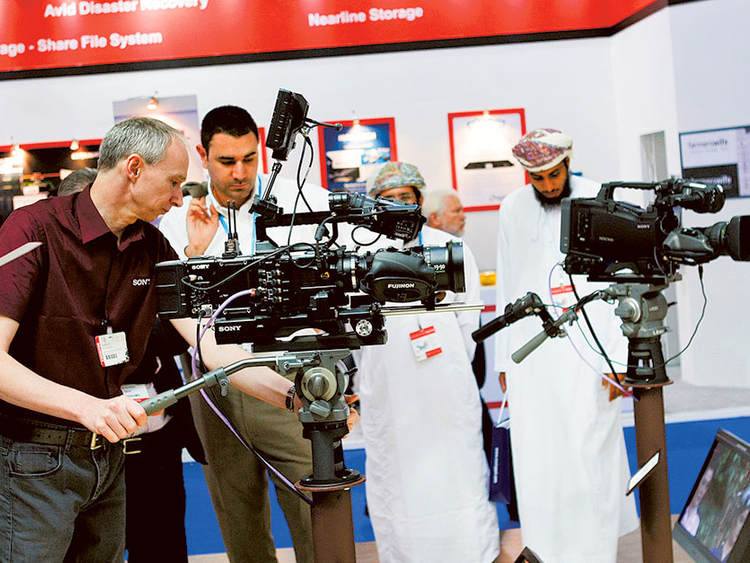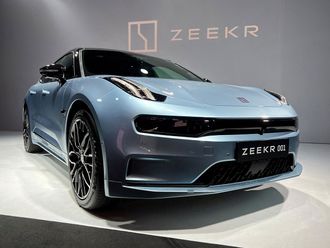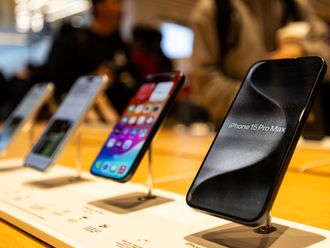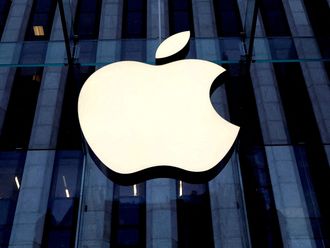
Dubai: The broadcast, satellite and digital media sectors are investing in ultra-high definition (4K) cameras, industry experts at Cabsat 2015 told Gulf News.
The 21st edition of the event, which was dedicated to the broadcast, production, content delivery, digital media and satellite sectors across the Middle East, Africe and South Asia, was opened by Shaikh Hasher Bin Maktoum Al Maktoum, director-general of the Dubai Department for Information, in Dubai on Tuesday. The event runs until March 12.
The 4K-camera boasts a pixel format of 3840x2160 pixels, four times that of the current 1920x1080 Full HD television sets, meaning it has greater clarity and depth.
Industry professionals such as Sony, Panasonic, Hitachi and Canon are displaying their high-end devices and solutions to give visitors a stunning first-hand content experience and the workflow behind it.
However, 4K TV content is still an issue as no satellite broadcaster has started 4K broadcasting despite repeated trials.
At present, Netflix, YouTube, Hulu and Amazon Prime are among the most common sources of 4K content.
“We have a got a few 4K production cameras at our stand. The industry is evolving with ideas,” said Robert Sherman, managing director of Sony Professional Solutions MEA. “Many new players are coming with new ideas and we see a growth in the years to come.”
He revealed that there had been content suppliers producing HD content for up to eight years back and as such, they have a library of content ready to go on air.
Sony, for one, is recording all its content in 4K-format and then cutting out the HD picture before sending it on air.
Shinichi Nakai, Panasonic’s sales manager for the Asia Oceania, Middle East and Africa and North-east Asia team, said that the 4K-format is the new trend and it’s growing very fast.
“We have 4K cameras for consumers who can record in 4K-format for home use,” Nakai said. “We are targeting the high-end production houses with our devices.”
Nakai said that Panasonic is present in both the high and low ends of the market. “Our next target is the mid-range market,” he said.
Paul Atikson, pro-video product specialist at Canon Europe, said production houses are recording content in 4K-format and later downscaling it to HD format.
“Obviously, we have the issue of delivering 4K into homes due to bandwidth constraints,” he said.
Sherman said the bandwidth required for 4K content is huge, thus costs also will be huge. He does not expect customers to be ready to shell out four times more the cost of HD content.
Atikson said the advantage of filming in 4K-format at the moment is always an increase in quality, as well as cropping images if the need arises and for archiving purposes.
“It is viable to record in 4K-format as there are many DSLRs [digital single-lens reflex cameras] available in the market,” he said.
When asked about 8K-format, he said that Canon would keep an eye on the future trend but does not expect the 8K-format to become as popular as 4K in homes.
Sherman said that the 8K-format is too early to talk about. The move will be more for recorded 4K material rather than live programmes for now.
Nakai said that the Tokyo Olympic Games will be recorded in 8K-format. He revealed that Panasonic is collaborating with the Japan Broadcasting Corporation (NHK) on trial basis for the 8K-format.
To improve 4K content, TV manufacturers, broadcasters, content providers have announced a new ultra-high-definition (UHD) alliance recently to develop premium UHD content for 4K televisions.
The alliance was formed by DirecTV, LG, Netflix, Dolby, Panasonic, Samsung, Sharp, Sony Visual Product, Technicolor, The Walt Disney Studios, Twentieth Century Fox and Warner Bros Entertainment.
By 2018, six broadcasters are expected to be broadcasting 4K-content on dedicated channels.













